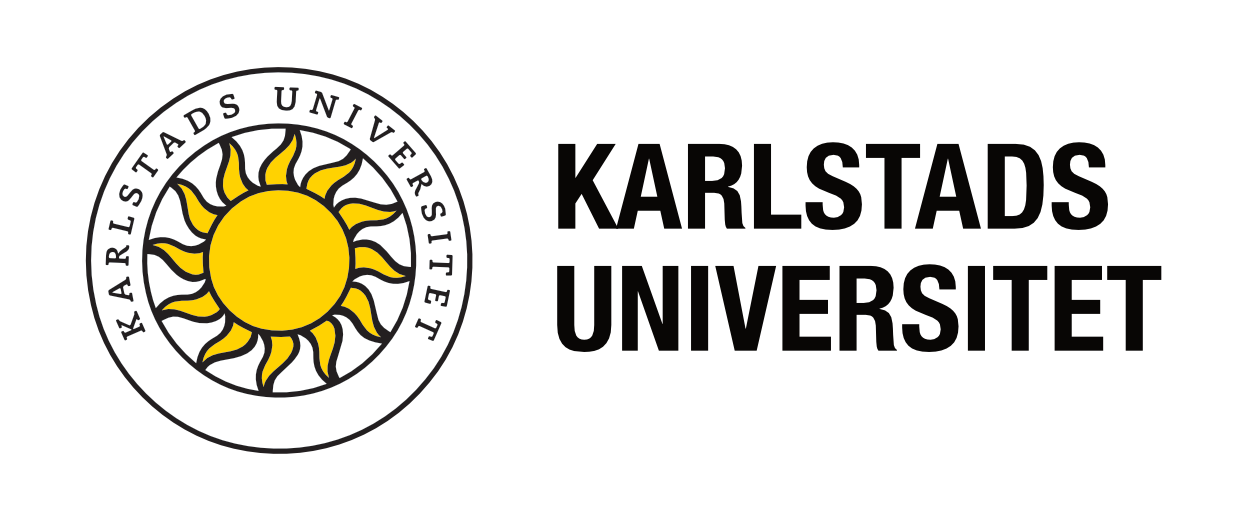How do you train students to read and understand scientific articles? Here is a lesson plan suitable for a group of 25-30 students in a physical classroom.
Continue reading “How to Read Scientific Research Articles: A Hands-On Classroom Exercise”Category: TUTORING
Tips: Better technical drawing with peer review
Mikael Åsberg shares a scheme where future machine engineers trains each other in technical drawing. A system with controlled peer review provides less correction work for the teacher, more time with the students for dialogue and reflection and better quality of the students’ drawings. And the scheme is useful far beyond the subject of technical drawing!
Continue reading “Tips: Better technical drawing with peer review”The tree-step-strategy for reading scientific articles
For the unaccustomed student, it is easy to drown in details when trying to read scientific text such as research articles. It ends in confusion. The student needs a clear strategy to stick to. Here, Kershav describes a useful three-step method to keep the reader’s head safely above the water’s surface.
Continue reading “The tree-step-strategy for reading scientific articles”Peer response: Tools to improve student academic writing
How can you best work with peer response on academic text? Peer review versus peer response. Create good text seminars. Using a reading log and three didactic questions for text analysis. — A presentation.
Continue reading “Peer response: Tools to improve student academic writing”Giving feedback on poor writing: How do you approach it?
It can be difficult to criticise someone’s writing. And perhaps even more difficult to be at the receiving end. And it will not be made easier if it concerns a course that does not revolve around language at all. Here is some advice on how to increase the chances of successful feedback.
Continue reading “Giving feedback on poor writing: How do you approach it?”Tips: Fixed Ask-the-teacher time slots
Many students are reluctant to adderss direct questions to the teacher, especially in large student groups or when the teacher is avaliable only online and not least when the question must be asked in writing. The teacher, on the other hand, may feel that there are too many questions about the same thing, even though it is a minority of the students who ask. Fixed time-slots for questions is a strategy to solve the problem.
Continue reading “Tips: Fixed Ask-the-teacher time slots”TEACHING & LEARNING
Teaching and learning is about implementing the planned course, to meet the students in lectures, tutoring and other kinds of learning activities, to meet directly in the physical room or online, or indirectly via instructions and recordings, as information and in dialogue. It is about the actual meeting, here and now, where the student’s learning really takes off, comes to a halt or is given a new direction.
ICT: Surveys
The Survey&Report tool can be used to create, collect and process survey data. Both researchers, teachers and students can use it.
Continue reading “ICT: Surveys”About feedback: Feed up, feed back och feed forward
The terms feed up, feed back and feed forward come from a classic article by John Hattie and Helen Timperly. What do they stand for?
Continue reading “About feedback: Feed up, feed back och feed forward”Tips: Support matrices to identify where students need help
Support matrices is a digital tool that helps students to keep track of their progress in sections of a course that include exercise or training tasks and which also helps the teacher to identify tasks that cause difficulties in the student group. In this way, the teacher can adapt the teaching so that the focus ends up where it does the most good.
Continue reading “Tips: Support matrices to identify where students need help”
